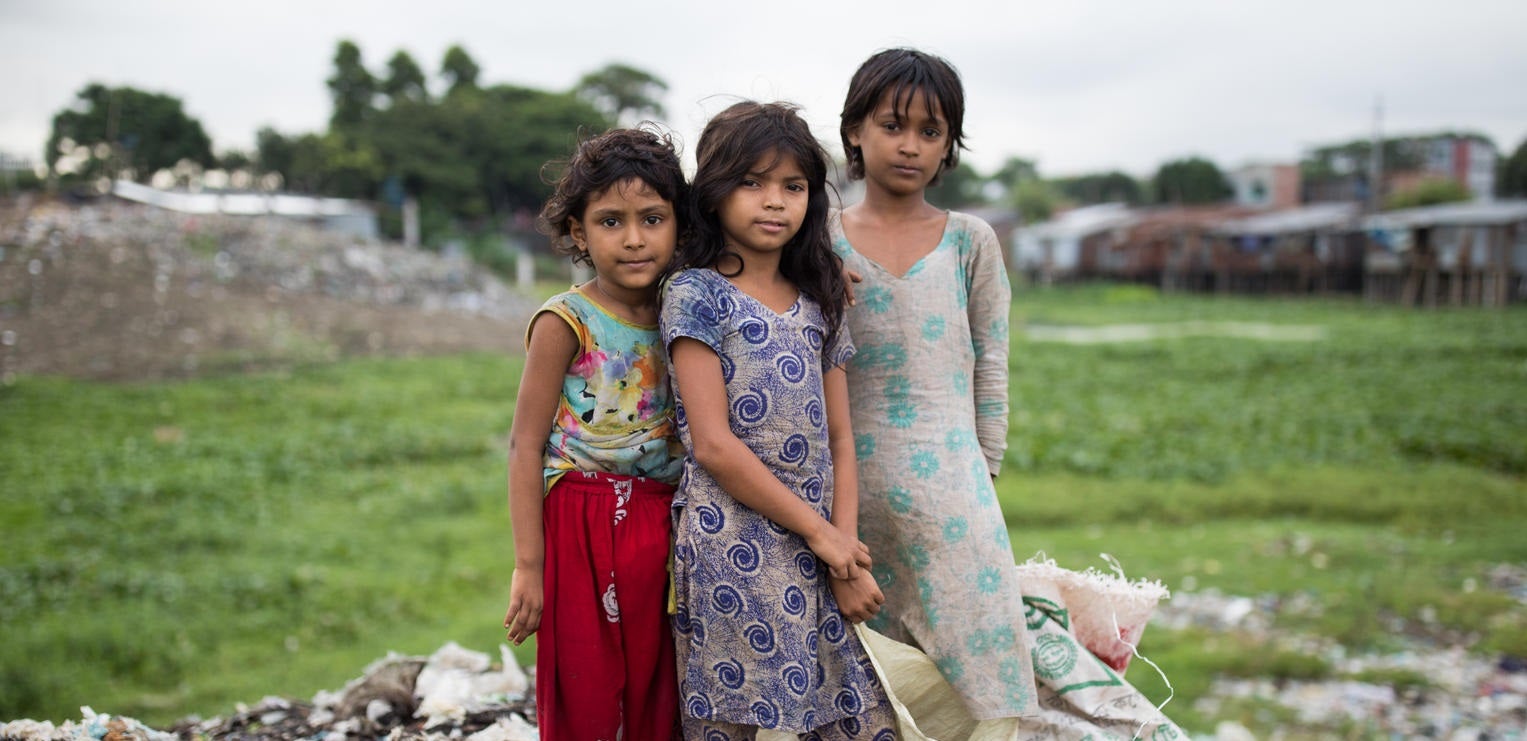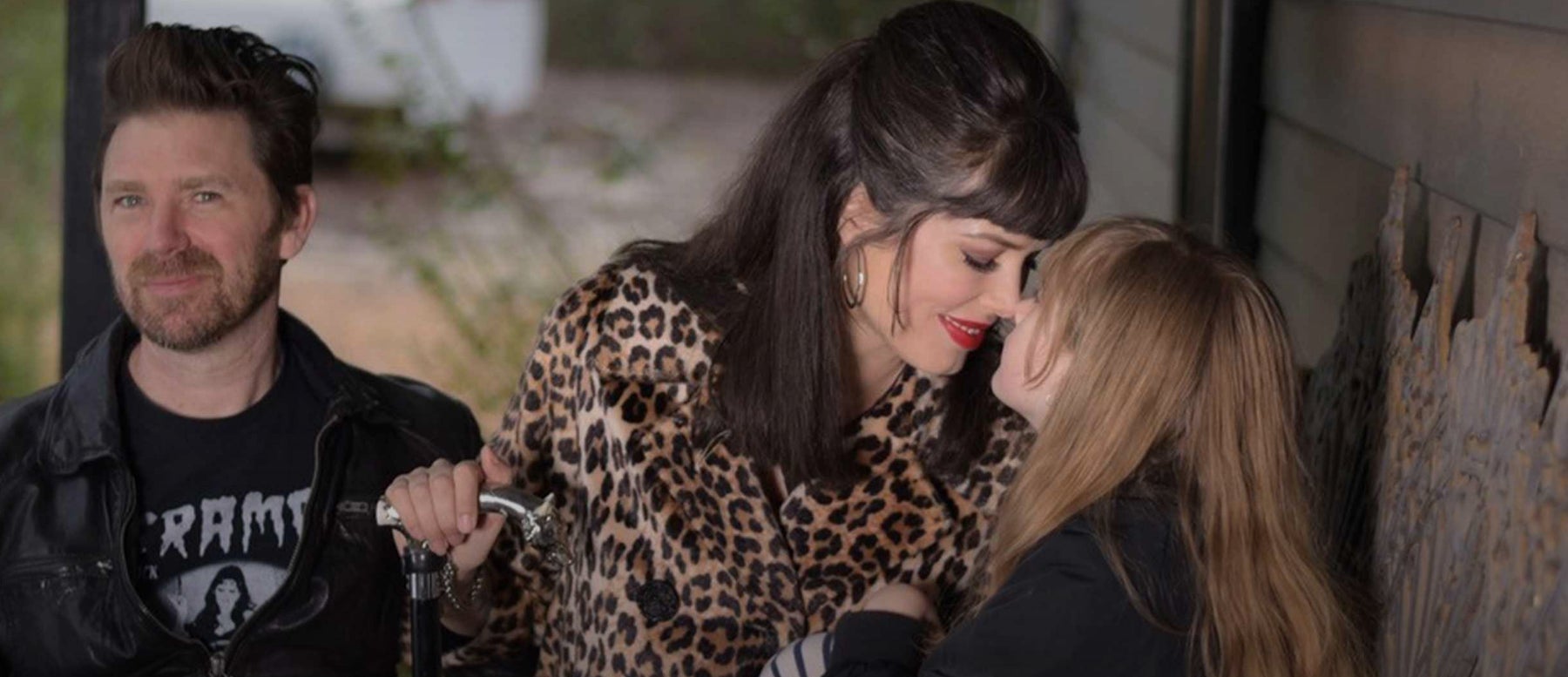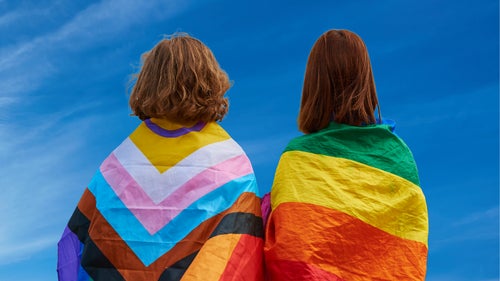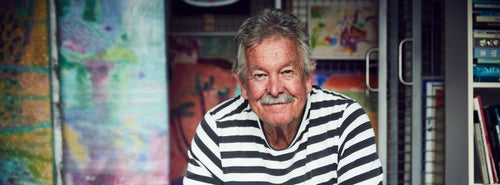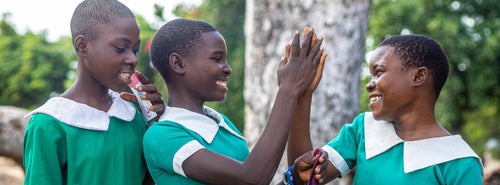Today on International Day of People with Disabilities, disabled folks tend to get a lot of questions.
Actually, those of us who use mobility aids or have visible disabilities tend to get questions year-round, often from strangers. For children with disabilities, this can be especially difficult.
Here are five essential things you need to know about people with disabilities, and how together we can build a more equal world for all.
1. People, and children, with disabilities are all around you
The Australian Government estimates that about 18 per cent of Australians have a disability, and the Centers for Disease Control and Prevention estimates that 26 per cent of Americans have a disability. Wherever you live, there are people of all ages with disabilities in your community, and almost certainly in your workplace, circle of friends or family.
Like all children, children with disabilities have the right to protection, healthcare, education, participation and play. But my work with UNICEF has made it clear that for many children with disabilities around the world, particularly in developing countries, fulfilment of these rights is far from reached.
We have a responsibility to make sure every person or child living with a disability feels included, has access to services and is never a victim of abuse.
2. Most disabilities are invisible
That’s right, the common wheelchair symbol for disability, though valuable, doesn’t give the full picture. You can’t tell if someone has a disability just by looking at them.
If someone tells you they are unable to engage in a particular task today due to their disability, or if they use a mobility aid, or have a disabled parking pass, it’s for a reason. And that reason is between them and their doctor.
Very few disabilities are ‘static’. Bodies change, they become tired, or pain and dizziness fluctuate. Children and adults with disabilities may find their condition changes day to day or year to year, and in some cases minute to minute.
This is common and valid. People with medical conditions don’t need your judgement, they need your understanding. Abuse of children and adults with disabilities is rife. Don’t be part of the problem by deciding at a glance who is ‘really’ disabled.
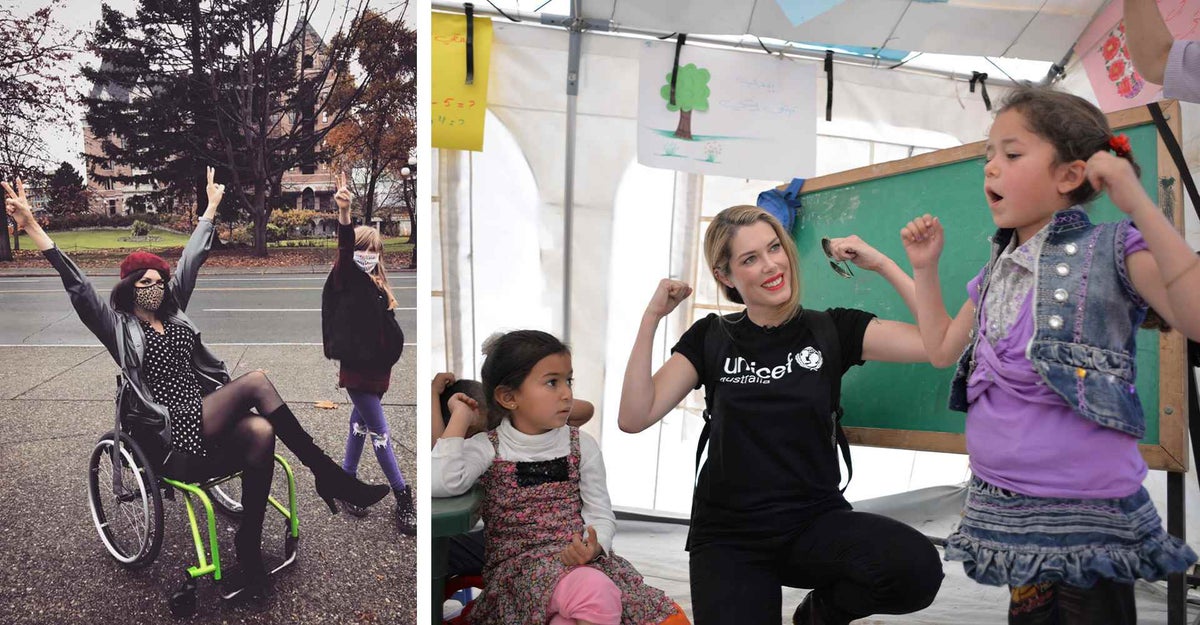
3. There is no shame in being disabled
This should be obvious, but unfortunately it still needs mentioning. Disability is not caused by moral failing. Disability, injury and illness are all natural part of the human experience and should never be seen as or spoken of as being shameful, lesser, or a ‘punishment’.
We need to teach our future generations, that disabilities are normal. Children living with disabilities deserve the support and resources to live life to their full potential.
UNICEF programs encourage the whole community to embrace an inclusive approach, addressing stigma and changing social norms around participation of children with disabilities.
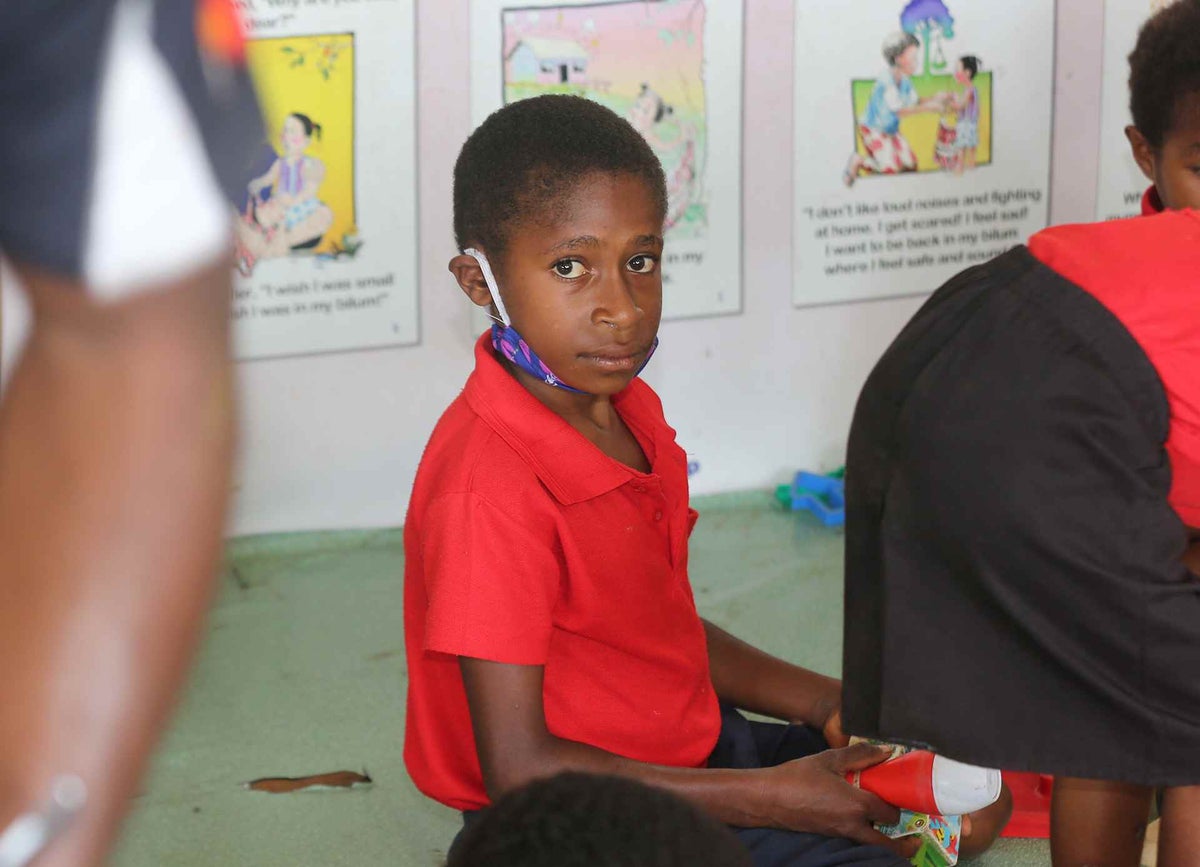
4. Accessibility is up to all of us, not the person with a disability
Inaccessible spaces, communications and media make it so that many people with disabilities are not able to participate fully in our society. That is not a failing of that person, it is the failing of our society.
Making the world more accessible matters, from ramps and wheelchair accessible spaces, to alt descriptions on social media for the visually impaired, and sign language during speeches and emergency announcements. Speaking out on this counts.
So, support the efforts of the disability community in making the future more accessible, write to your local council and representatives on this issue, and if you can, donate to causes, such as UNICEF Australia, who are implementing and promoting greater accessibility.
Disability inclusion is a focus of UNICEF Australia’s directly supported programs across the Asia-Pacific region, ensuring access to inclusive childhood education and safe water for children with disabilities, and more.
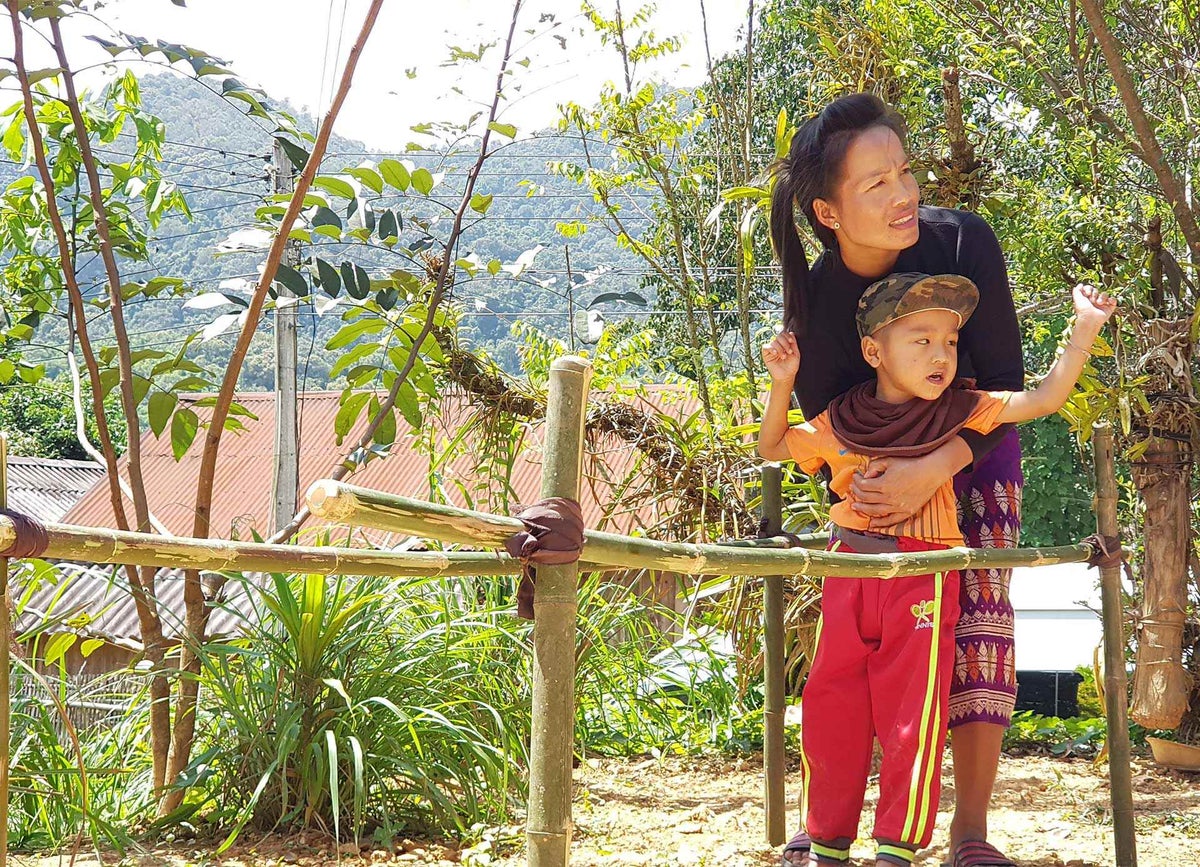
5. Let’s change the way we speak about people with disabilities
As more people become aware of ableism – that is, the systemic exclusion and oppression of people with disability – more people have become concerned about how best to speak about disability. This is good. As a writer, I understand the power of language to reinforce stigmas or help to break them down. Thankfully, the key is simplicity.
‘People with disabilities’ or ‘person with a disability’ covers most situations when referring to people with disabilities (though this may vary in different cultures outside of Australia and North America). Many also prefer to refer to themselves as ‘disabled’, which is known as identity-first language.
Both person-first and identity-first language are widely accepted and other terms are rarely necessary. Most people with disabilities dislike euphemisms like ‘handi-capable’, ‘special abilities’ or ‘special needs’, and there is no need to come up with new ones. Avoid negative terms like ‘suffering from X’ and just say ‘person with X’. Avoid ‘wheelchair bound’, and simply use wheelchair user. Simple and factual wins the day.
The best practice is to listen to an individual person with disability’s choice of language to see how they prefer to describe themselves. If you aren’t sure, just ask. And please, don’t ever ‘correct’ a disabled person’s language that they use to describe themselves. This is especially important for children, who may be surrounded by peers asking questions and working out what the right language to use is. Listening to young people with disabilities is critical for their development.
I have had this happen a surprising number of times, with comments like ‘You aren’t disabled, you are a person with a disability. Now doesn’t that feel better?’ No. I use both terms interchangeably for myself, because there is no shame in being disabled. Telling me I should feel better for avoiding the term disabled is just patronising.
Remember that ‘disability’ has social, functional, legal and medical meanings. It’s also a culture, community and identity. There is no need to dance around the term, and it should never be used as an insult.
These five basic things are just the beginning, but each step towards greater community understanding and de-stigmatization of disability paves the way for equality for children and adults with disabilities.
I’m passionate about making sure that our children inherit a world where disability is a more accepted part of life, and people with disabilities and chronic illness are embraced as valuable members of our communities.
What else can you do today? Support and listen to disabled people, and if you can, donate to UNICEF or your chosen not-for-profit to ensure children with disabilities have equal access to the activities, education and safety every kid deserves.
Tara Moss is a UNICEF Australia Ambassador for Child Survival, Pain Champion with Pain Australia, bestselling author and ambulatory wheelchair user.
Related articles
Stay up-to-date on UNICEF's work in Australia and around the world


